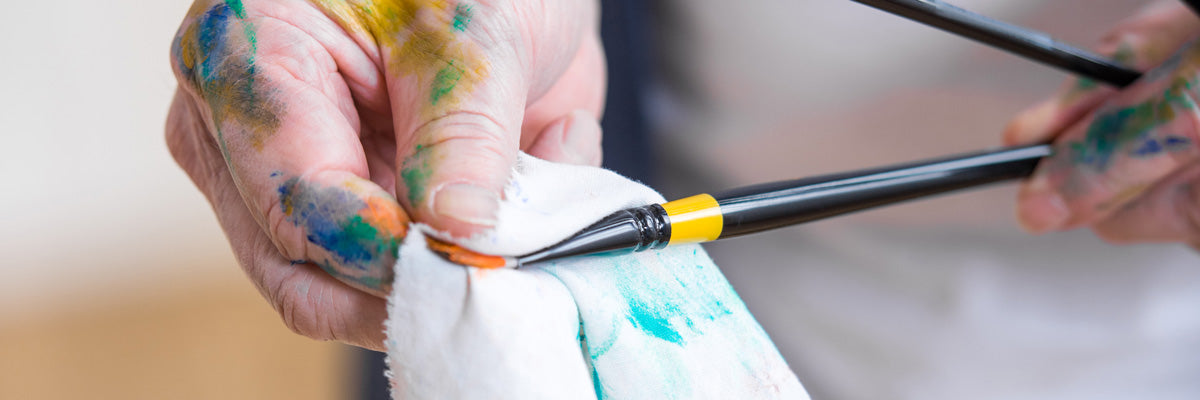There’s nothing worse than having the paint of your dreams looking below par just because your edges aren’t straight. Getting the perfect finish is seen as being very tricky, however it’s easier than you think.
‘Cutting in’ means that you use a paint brush to paint areas too tight for rollers and if done properly by following these few simple tips, you’ll be able to stand back and admire your handy work.

Be Prepared
- Get all your equipment ready and to hand before you start then you won’t have to leave the job to look for something.
- Angled brushes of various sizes are excellent for cutting in so make sure you have the right sizes for your particular job. For example, larger ones for straight runs at ceiling height or smaller ones for woodwork.
- Cutting in is best done before you start painting the larger area with a roller. That way you have blank canvas to be able to start with, and the rolling with be easier as you have a paint edge to work to instead of just guessing.

Getting Started
- Rather than using your paint straight out of its original tin, transfer a small amount, about an inch deep, to a paint pail or small container. This stops the urge of immersing your brush into a large pit of paint and covering it!
- Dip your brush slightly into the paint and pat it against the edge of the pail, resisting the urge to wipe off too much excess (though not leaving so much that is runs off or drips). By patting you will have more paint on your brush to cover more of the surface you are painting so you will spend less time going back to the paint pail.
- Make sure you have plenty of light when you are painting. If natural light is in short supply then try strapping on a head lamp while you paint or if you’re near a shelf, pop a lamp on it to illuminate any dark corners you may be working in.
- Using masking tapes really helps with straight lines around doors, windows, skirting boards and dado rails. It can also be used if you are creating your own stripes on a wall. That said, it if you have a steady hand then do try doing it without tape as it will save you time and money.
Apply all the tape you will need, not just one section at a time, making sure you press the edges down firmly onto the wall. It is worth spending a bit more and buying specific painters tape as these have bleed-proof edges.
Once you have done the cutting in remove the tape before the paint dries, taking care to not let it touch any areas that you don’t want painted as excess paint on the tape can easily transfer.
- As you paint away from the perfect cutting in line you have achieved, make sure you feather your painting so the edge has an almost scruffy look so when it comes to painting with the roller, it will blend perfectly and not stand out as a determined line which will show.
Wiggle It!
Corners can be tricky to paint but using a smaller brush helps a great deal. Don’t be afraid to wiggle the brush gently to get right into the corners for that perfect finish.

Clean Up
- Of course even the most careful of painters can sometimes get a blob of paint where it shouldn’t be. The trick is to act straight away if you see any stray paint, for example, on a door frame. Wrap a damp cloth around a putty knife and run it over where the paint is to wipe it up.
It is best to do this while the paint it wet as it’s easier to clean off. If the paint dries before you see it then you’ll need to be more aggressive with a knife or scraper.
- Not that this tip will affect this paint job, however cleaning your brushes, rollers and containers straight way this time will result in them being perfect for use again next time, with no dried clumps causing wonkiness or coming off in the paint. Be careful washing paint down the sink as this can affect the watercourse and damage the environment. Choose a paint, such as Little Knights, which breaks down to become completely harmless and safe.


